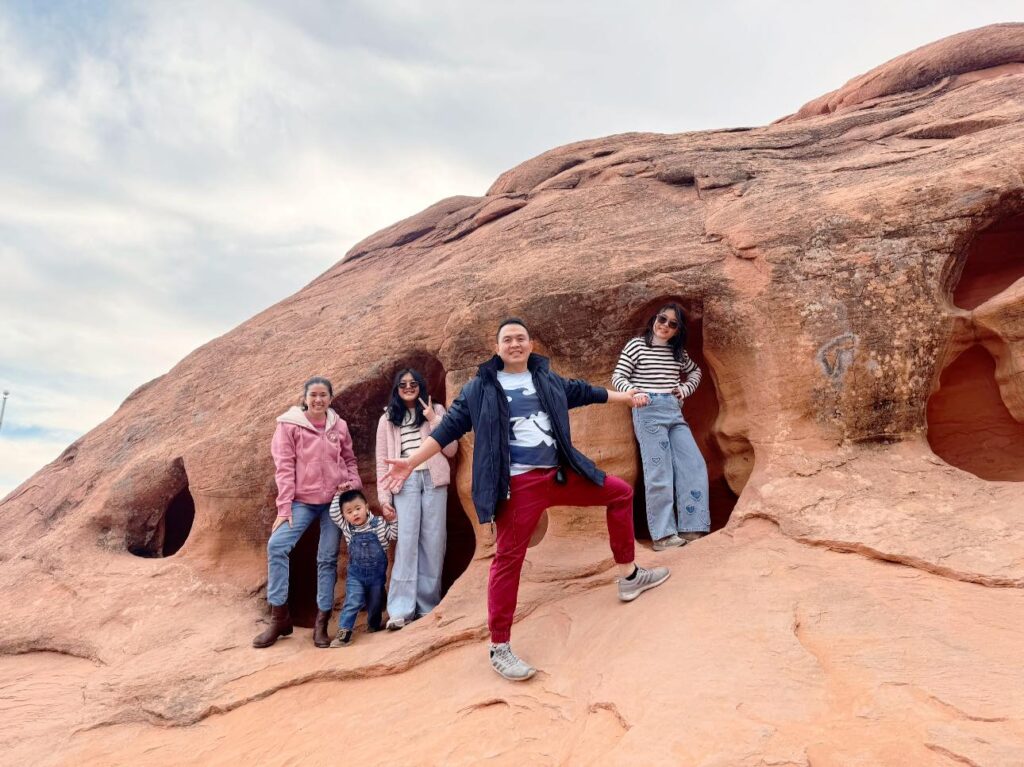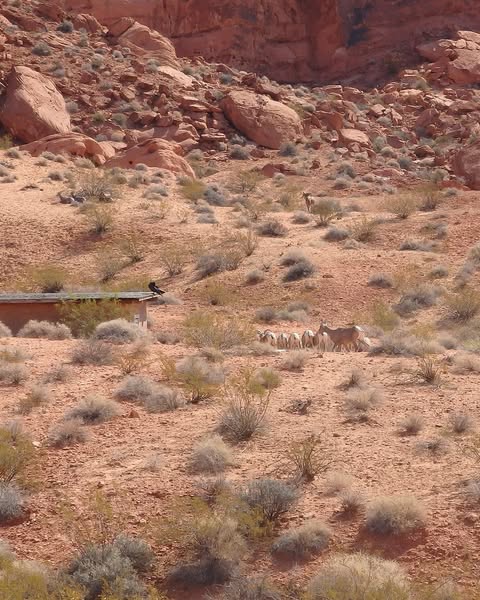Have you ever looked at a photograph and immediately thought, “I need to be there!”? That’s the effect Valley of Fire State Park can have on anyone who loves adventure and photography. Nestled just an hour away from Las Vegas, this desert oasis in Nevada is packed with striking red rock formations, ancient petroglyphs, and landscapes that make for some of the most stunning photographs. If you’re a photography enthusiast, this park is a treasure trove of beauty waiting to be captured. So, why should these Valley of Fire photos be on your bucket list? Let’s dive in!
The Captivating Red Rock Formations
One of the first things that will grab your attention when you enter Valley of Fire is the vast, eye-catching red sandstone formations. These rocks, shaped by millions of years of wind and water erosion, are the iconic feature of the park and are responsible for its name. The Valley of Fire is a photographer’s paradise, offering endless opportunities to capture these dramatic, fiery hues.
The red rocks, especially during sunrise and sunset, come alive in vibrant shades of orange, pink, and crimson. Whether you’re snapping close-ups of rock textures or capturing sweeping landscapes, the natural beauty here is almost unreal. Imagine a landscape where the rocks seem to glow against a backdrop of endless blue skies. You simply can’t miss it!

Dramatic Sunsets and Golden Hour Magic
If you’re a photographer, you probably already know the magic of the golden hour—when the sun is low and casts a soft, warm light. Valley of Fire is a golden hour dream come true. As the sun dips behind the horizon, the red rocks take on a whole new life, with long shadows and warm, glowing colors that make every photograph feel like a masterpiece.
Sunsets in Valley of Fire are famous for their breathtaking beauty. The sky transforms into a canvas of purples, reds, and pinks, contrasting perfectly with the fiery red rocks. The interplay of light and shadow creates dramatic silhouettes that are perfect for capturing that once-in-a-lifetime shot. So, when you plan your trip, make sure you’re ready to take some photos as the sun begins to set. Trust me, you won’t regret it!
The Mysterious Petroglyphs
One of the coolest aspects of Valley of Fire is its rich cultural history. As you explore, you’ll come across petroglyphs—ancient carvings left by Native American tribes thousands of years ago. These petroglyphs offer a glimpse into the past, and they make for incredibly unique photographs.
The contrast between the weathered rock faces and these intricate, mysterious symbols adds an element of intrigue to your photos. Imagine capturing a petroglyph set against the backdrop of the stunning desert landscape—it’s a perfect mix of history and natural beauty. And as you photograph these ancient works of art, you might find yourself wondering about the people who once called this land home. These petroglyphs are not just photos; they tell a story.
Stunning Desert Landscapes and Unique Flora
When you think of the desert, you might imagine dry, barren land with not much to see. But Valley of Fire is anything but ordinary. Its landscapes are diverse, with areas of rocky outcrops, vast plains, and even areas of surprising greenery. You’ll find cacti, Joshua trees, and even a few unexpected flowers blooming throughout the park, adding texture and variety to your photos.
The way the light hits the desert floor and the flora makes for striking images, especially in the early morning when the cool air brings out the crisp details of each plant. With the backdrop of red rocks and the wide desert sky, you’ll have plenty of opportunities to create a dynamic and visually rich portfolio.
Unbelievable Hiking Trails with Spectacular Views
If you’re someone who loves to hike, Valley of Fire offers some of the best trails in the Southwest. From the short and easy Fire Wave trail to the more challenging White Domes loop, these trails lead you through some of the park’s most spectacular landscapes. And the views? Absolutely mind-blowing.
As you hike, you’ll be treated to panoramic vistas that are perfect for landscape photography. You’ll be able to shoot everything from wide desert landscapes to close-ups of fascinating rock formations. Whether you’re hiking during the day or catching the sunset, every turn presents a new photo opportunity. It’s a photographer’s dream!
The Sky and Beyond: Night Photography in Valley of Fire
Here’s a little secret for you: Valley of Fire is also a fantastic location for night photography. The park is far enough from city lights that the night sky is incredibly dark, making it perfect for stargazing and astrophotography. As the sun sets, the stars begin to reveal themselves, and the vast desert sky becomes your canvas for capturing the Milky Way or distant constellations.
Night photography in the desert is a whole different experience. With the rock formations lit by a soft moon glow and the stars shining brightly above, it’s easy to create awe-inspiring images that will make anyone stop and stare. So, if you’re a fan of night photography, Valley of Fire should be at the top of your list.
Conclusion
From fiery red rocks to ancient petroglyphs, breathtaking sunsets, and unforgettable hiking trails, Valley of Fire State Park is a photographer’s dream. It’s a place where every corner offers a new perspective and an opportunity to create stunning photos that you’ll cherish forever. If you haven’t yet explored this park through the lens of your camera, now’s the time to do so. Whether you’re an amateur photographer or a seasoned pro, the beauty of Valley of Fire will leave you in awe and inspire you to capture its magnificence.
FAQs
1. When is the best time to visit Valley of Fire for photography?
The best times are during the golden hour—early morning after sunrise or late afternoon before sunset. These times offer the best lighting for vibrant and dramatic photos.
2. Can I photograph wildlife in Valley of Fire?
Yes, Valley of Fire is home to a variety of wildlife, including birds and lizards, which can make for unique and interesting photography subjects.
3. What equipment should I bring for Valley of Fire photography?
A DSLR or mirrorless camera with a wide-angle lens is ideal for capturing the vast landscapes. A telephoto lens is also useful for wildlife and distant shots.
4. Do I need a permit to take photos in Valley of Fire?
No, a permit is not required for general photography. However, if you plan to conduct commercial photography, you may need to apply for a permit.
5. What is the best season to visit Valley of Fire?
The spring and fall seasons are the best times to visit for photography, as the temperatures are more moderate and the lighting is ideal.

